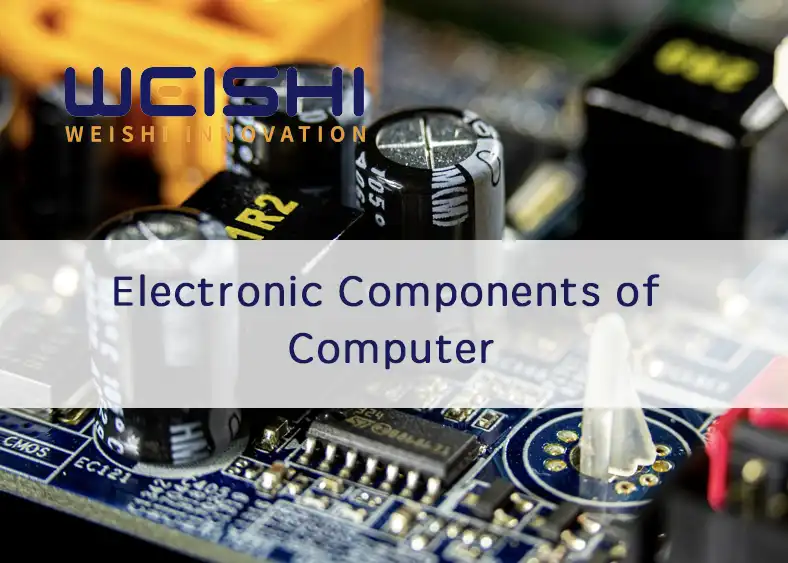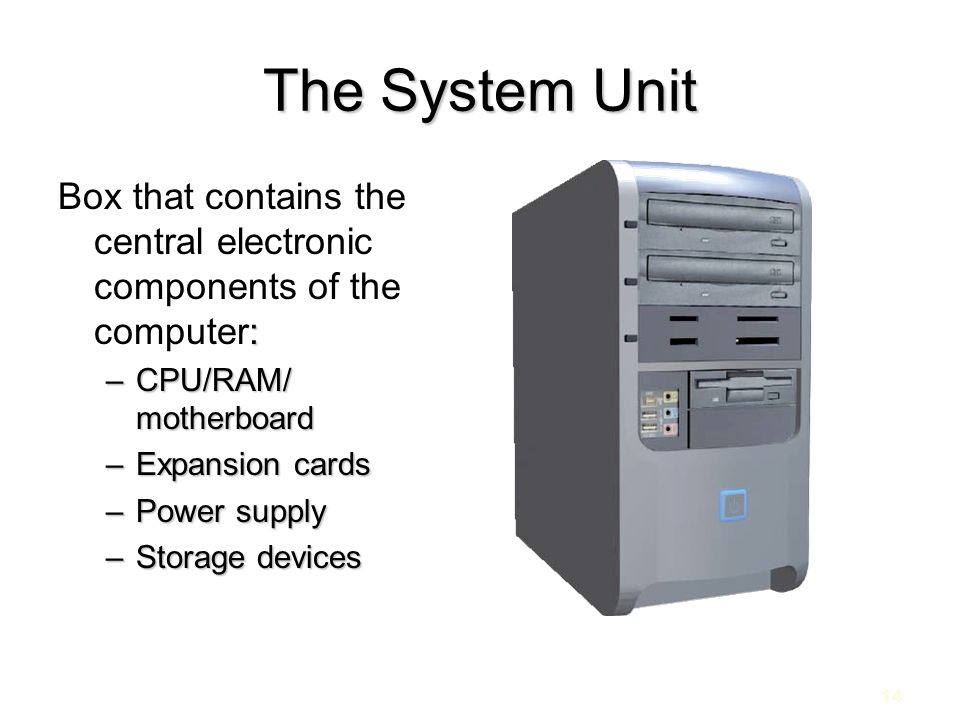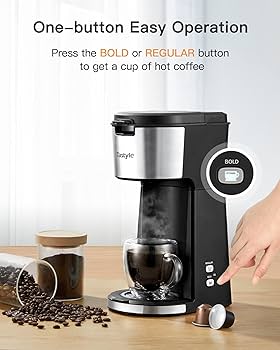The Central Electronics of Computation: Unveiling What Makes Your Computer Tick
Introduction
The complex labyrinth of circuits and devices inside your computer or laptop do much more than meet the eye. They are the core electronic components that make your device come alive and execute the various functions that you command. This article takes you on a journey into this digital world, explaining the integral parts of a computer, their operations, and how they work together to keep your device ticking.
What Are the Central Electronic Components of a Computer?
The intricate design of a computer is built around several central electronic components, all collaborating to ensure a smooth user experience. Below, we have highlighted and explained the primary parts driving your computer system:
- Central Processing Unit (CPU)
The CPU, often referred to as the brain of the computer, is responsible for processing various types of data and executing the instructions fed into the system. It's the single most necessary part of any computing device, facilitating operations at lightening speeds to enable swift multitasking experiences.

- Motherboard
Perhaps just as essential as the CPU is the motherboard. It's the body around which everything else revolves. All major components including the CPU, RAM, hard drives, and power supply units connect to the motherboard. The motherboard then serves as a communication medium, allowing the individual parts to interact and work in harmony.
Understanding these central electronic components and their functions can lend insight into how your computer operates and also aid in troubleshooting potential problems. Remember, each part holds a significant role in the overall performance and operation of your system.
Delving into the Computer's Brain: Central Processing Unit
What Constitutes a CPU?
The Central Processing Unit (CPU), commonly referred to as the computer's brain, is the primary determinant of a computer's processing power. An intricate composition of advanced technology and digital intelligence, the CPU is not just a single component, but a cluster of them, working in conjunction to execute system operations with seamless precision. Let's delve into the elements that make up a CPU:
1. Cores: CPUs, nowadays, come with multiple cores (ranging from 2 to 64, in some high-end processors). Each core is basically equivalent to a independent CPU that can process tasks individually, thus enhancing multitasking and system performance.
2. Control Unit: This acts as the supervisor, controlling and coordinating the activities of all the other hardware in the computer. The control unit fetches, decodes, and executes program instructions.
3. Arithmetic Logic Unit (ALU): This is essentially the area where actual computations take place. The ALU is responsible for performing arithmetic and logical operations.
4. Cache: This is a small, fast memory located inside the CPU for temporary storage of data and instructions that are frequently referenced. The availability of cache memory significantly boosts a CPU's speed by minimizing the data fetching time from main memory.
5. Registers: These are tiny storage areas that hold data to be processed, instructions, and intermediary results. The registers' efficient use contributes to the overall speed of the CPU.
By understanding these components, one can gain an insight into what drives the computer's thinking capacity and makes computing a reality.
Motherboard: The Backbone of Your Computer's Electronics
Identifying the Key Components Linked by the Motherboard
Described as the main circuit board within your computer, the motherboard is akin to the central nervous system in the human body. It serves as the primary framework linking numerous crucial components, ensuring harmonious and reliable functionality across the system.
Here is a closer look at the primary components that the motherboard holds together:
- Central Processing Unit (CPU): Often likened to the brain of the computer, the CPU is vital for processing information and performing various tasks. The motherboard houses the CPU socket, providing a secure space for this essential component.

- Random Access Memory (RAM): RAM, also known as the computer’s short-term memory, temporarily stores data for quick access. The motherboard is equipped with RAM slots where these memory chips are installed.
- Hard Drives: As the computer's long-term memory, hard drives are responsible for permanently storing data. They connect to the motherboard via specific ports, ensuring seamless data communication.
- Expansion Slots: The motherboard hosts various expansion slots that allow for the integration of additional components or peripherals like sound cards, network cards, or graphics cards.
- Power Supply Unit (PSU): The PSU delivers the required power to the entire system. The motherboard gives the PSU a way to distribute this power to other components effectively.
Remember, the motherboard is the connecting hub for all these components, allowing them to work together seamlessly to carry out the integral workings of a computer.
Unpacking the Memory and Storage: RAM and Hard Drives
The Role of RAM in Backing up the CPU
Random Access Memory, typically known as RAM, plays an indispensable role in supporting the Central Processing Unit (CPU) with an effective workspace. Here are some key facts about RAM and its CPU support:
- In essence, RAM can be seen as the CPU's immediate memory. It provides a platform for the CPU to temporarily hold and manipulate data, enhancing the fluidity and efficiency of data access.
- RAM is volatile, which means the stored data gets erased once the computer comes to a halt. The CPU uses this characteristic to its advantage, quickly processing temporary data without clutter.
- The correlation between the RAM and CPU is direct. A larger RAM size often correlates with faster computer performance because it can process a higher volume of data simultaneously.
The Essential Role of Hard Drives in Data Storage
Hard drives are your computer's bedrock for permanent data storage. Here's an insight into their function:
- Hard drives retain all files, applications, programs, and even the operating system of the computer. Every piece of data or document you save on your computer gets stored in the hard drive.
- Unlike RAM, hard drives are non-volatile. This means that they retain data even when the computer is switched off. Therefore, whatever you save today will still be accessible tomorrow or years later, provided the hard drive is functioning properly.
- A computer's hard drive capacity can range vastly, from 250GB on average home computers to a whopping several terabytes on high-performance machines. The larger the capacity, the more data you can store.
In the grand scheme, understanding RAM and hard drives' functions will allow you to harness your computer's maximum potential and suit your system according to your usage.
Power Supply Units: An Integral Part of Electronic Components
Unraveling the Indispensability of Power Supply Units in Computer Operation
At the heart of every electronic device, including computers, lies the Power Supply Unit (PSU). This component is the lifeblood of the computer, essentially energizing all the other components to bring your system to life. Without it, a computer would merely be an amalgamation of inert components.
Let's break down why PSUs are so integral:
- Catalyst Effect: The PSU brings each part of your computer to life, offering the necessary voltage for the motherboard, CPU, RAM, and hard drives, all of which have different power requirements.
- System Stability: An inconsistency in power supply could cause random reboots, system instability, and ultimately data loss. A reliable PSU maintains steady power flow, securing system stability.
- Longevity of Components: Over-voltage, under-voltage, and power surges can cause serious damage to the computer's internal components. A quality PSU offers protection against such anomalies, thereby increasing the lifespan of the components.
- Efficient Operation: A high-grade PSU contributes to the efficient operation of your machine, offering maximum performance with minimal power consumption.
In a nutshell, be it bringing various components to life, ensuring system stability, increasing component longevity, or enhancing operation efficiency, a power supply unit ticks every box, making it a cornerstone of the computer operation sphere.
Conclusion
Understanding the central electronics of a computer is paramount for anyone interested in computers, be it a regular user, a student, or a tech enthusiast. As we've seen, the CPU, motherboard, RAM, hard drives, and PSU, all work in cohesion to ensure smooth and successful computer operation.
Related FAQs about what contains the central electronic components of the computer
What is the role of each central electronic component in a computer's operation?
The CPU processes data and executes instructions. The motherboard serves as a communication medium for all components. RAM provides temporary storage for data being processed by the CPU. Hard drives store data permanently. The PSU supplies power to all other components.
Can a computer function without any one of these central electronic components?
No, all these components are essential for a computer to function. Without any one of them, the system operation would break down, thus preventing the device from working effectively, if at all.
How do these components work together in a computer?
These components work together to ensure smooth computer operation. The CPU processes data, using RAM for temporary storage while processing. The motherboard facilitates communication amongst components, while the PSU powers them. Hard drives store data for long-term retrieval.


